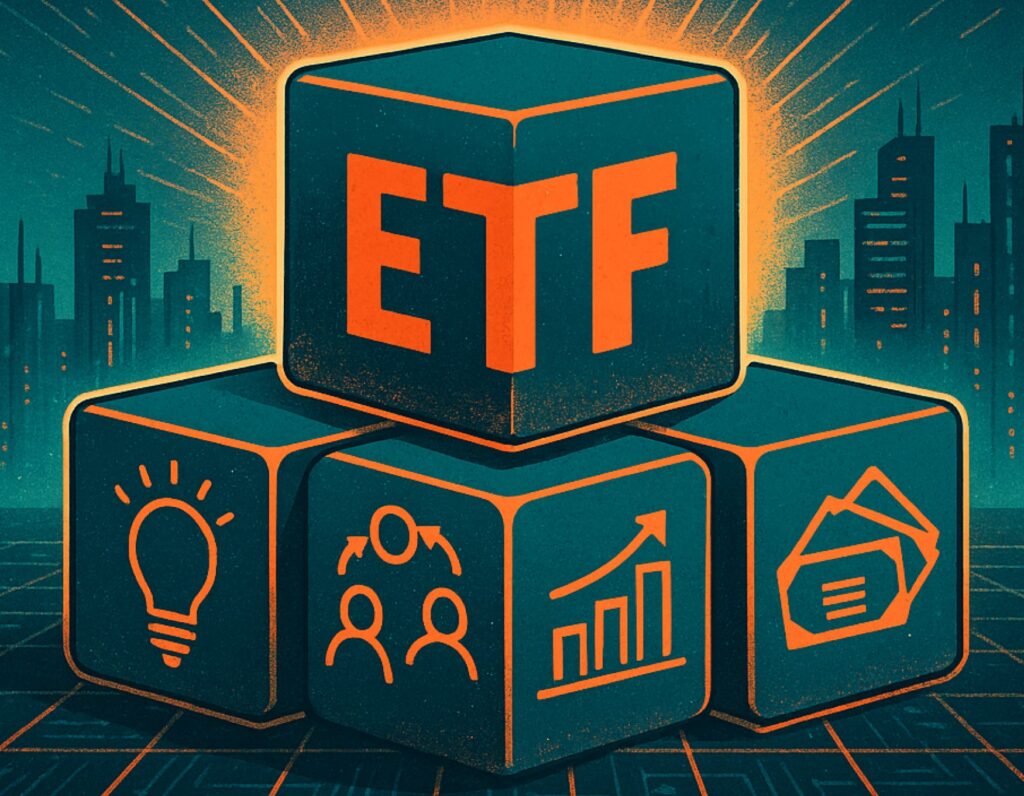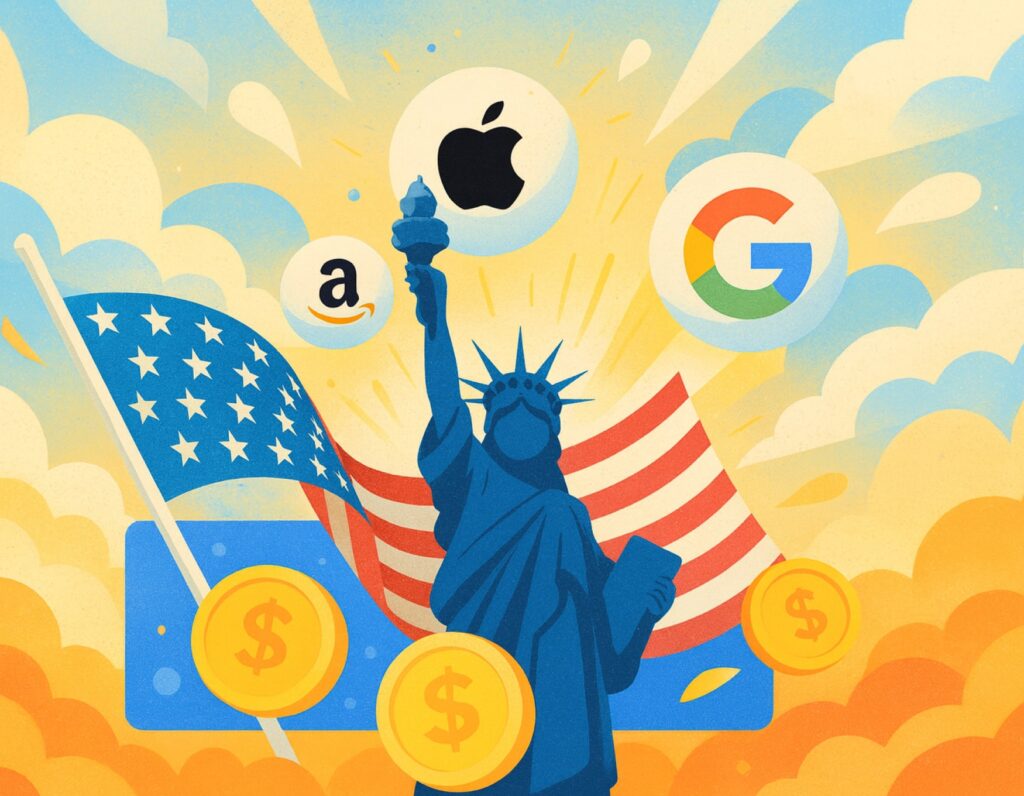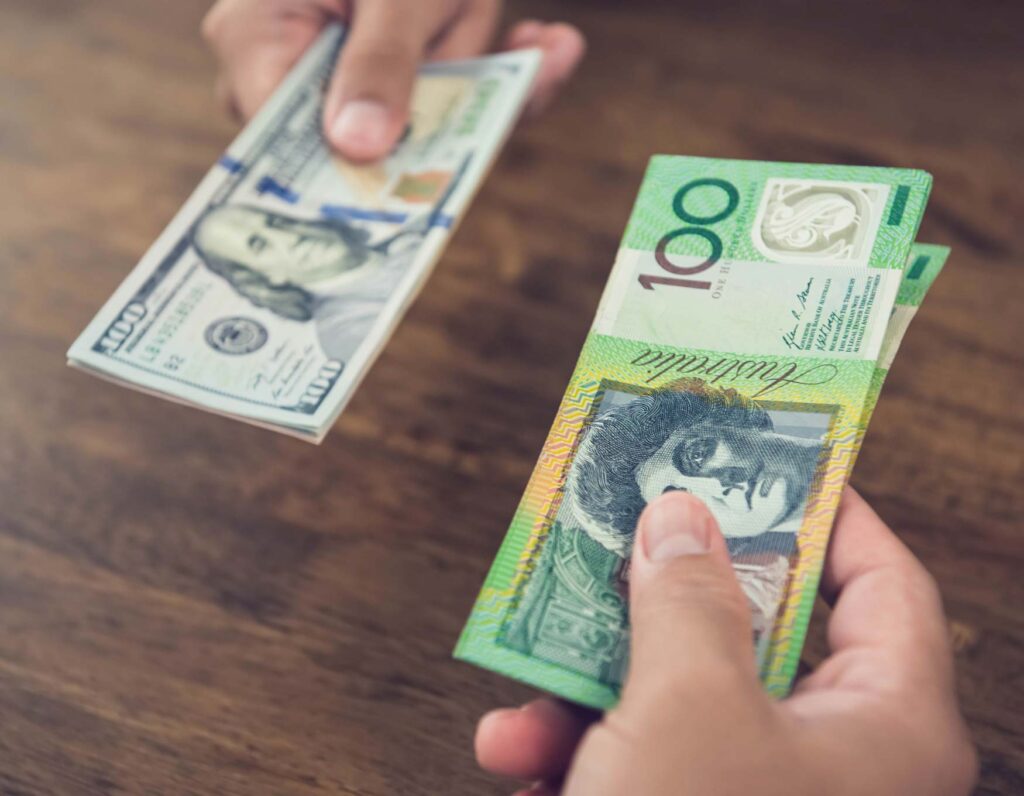If you’ve ever typed “What is an ETF” into Google, you’re not alone.
Exchange-traded (ETF) funds have exploded in popularity among Australian investors because they make it easier to access diversified exposure in a single trade. ETFs combine features of managed funds and shares and today they cover almost every corner of the market – from Aussie banks to U.S. tech giants and even green energy themes.
This guide explains what an ETF is, how ETFs work, the different types available and the benefits and risks to consider. We’ll also highlight some of the most held ETFs on Superhero to give context on what Aussie investors are choosing.
What Is an ETF?
An Exchange Traded Fund (ETF) is a managed investment fund that trades on a stock exchange. Instead of owning just one company, ETFs pool money from investors to buy a portfolio of assets – such as shares, bonds or other securities.
For example, an ETF like VAS aims to track the S&P/ASX 300 Index, giving you exposure to 300 of the largest companies in Australia. Another ETF like IVV tracks the S&P 500, which includes around 500 major companies listed in the U.S. In one trade, you gain exposure to all of those holdings.
How Does an ETF Work?
Think of an ETF as a “basket” of investments that you can buy and sell on the stock exchange. Here’s how it works in practice:
- Buying and selling – ETFs trade on the ASX and Wall Street just like company shares. You can buy them through an investing platform or broker during market hours and sell them the same way.
- What’s inside – most ETFs are designed to copy an index (like the S&P/ASX 300 or S&P 500). This means when you buy one ETF unit, you’re getting a slice of all the companies in that index.
- Keeping prices in line – specialist traders called market makers help keep the ETF’s price close to the value of the investments inside it.
- Income payments – if the companies or bonds inside the ETF pay dividends or interest, the ETF usually passes that income on to investors through distributions.
Types of ETFs
ETFs come in many forms. Here are the main types you’ll come across:
- Index ETFs – track well-known indexes such as the S&P/ASX 300 or the S&P 500. These are some of the most common ETFs and are usually low cost.
- Thematic ETFs – focus on a specific trend or sector like clean energy, cybersecurity or healthcare. They can be more volatile because they’re concentrated in fewer companies.
- Bond ETFs – invest in government or corporate bonds. These ETFs provide access to fixed income markets, which can behave differently to shares.
- ESG ETFs – build portfolios using environmental, social and governance screens. For example, they might exclude fossil fuels or tobacco.
- Dividend ETFs – focus on companies with higher dividend yields or dividend-focused strategies, however future distributions aren’t guaranteed.
- Active ETFs – run by a professional manager who decides what to buy and sell. They aim to outperform an index but usually charge higher fees.
- Passive ETFs – simply follow an index. They don’t try to beat the market, they aim to match it.
Active vs Passive ETFs
One common question with ETFs is the difference between active and passive ETFs. These refer to the way these ETFs are managed by their provider:
- Passive ETFs – these funds aim to mirror the performance of a chosen index, like the S&P/ASX 300 or the S&P 500. They don’t try to beat the market, they simply track it. Passive ETFs usually have lower fees because there’s no team of managers making investment decisions. They provide straightforward exposure and are often used as core building blocks in portfolios.
- Active ETFs – these funds are run by professional managers who make decisions about what to buy and sell. The goal is to generally outperform an index. Active ETFs often come with higher management fees because they require more hands-on oversight. Their performance depends on the skill of the manager and the strategy used.
Neither is “better” than the other – they’re simply different approaches, and the right choice depends on an investor’s objectives, risk appetite and preferences.
Benefits and Risks of ETFs
Benefits of investing in ETFs
ETFs have become popular amongst investors for several reasons:
- Diversification – one ETF can hold dozens or even hundreds of securities, so you’re not relying on a single company’s performance
- Accessibility – you can buy ETFs on the stock exchange through a broker in the same way you’d buy a share
- Cost efficiency – fees are usually lower than traditional managed funds
- Transparency – many index ETFs publish holdings daily but disclosure frequency varies by issuer and product
- Flexibility – you can choose from a wide range of ETFs to target different markets, sectors or strategies
While these are common advantages, they don’t make ETFs suitable for everyone. Each ETF has its own risks, costs and performance drivers that should be considered.
Risks of investing in ETFs
Like any investment, ETFs come with risks.
- Market risk – if the underlying assets fall, the ETF’s price falls too
- Currency risk – international ETFs can be impacted by exchange rates
- Liquidity risk – some ETFs don’t see as much trading volume as others, leading to wider gaps between buy and sell prices
- Tracking error – returns can differ from the index due to fees or imperfect tracking
ETF Costs Explained
Like all investment products, ETFs come with costs:
- Management fee – charged annually as a percentage of your investment. For example, a 0.10% fee on a $10,000 investment is $10 per year
- Brokerage – the fee charged by your broker when you buy or sell units
- Bid-ask spread – the difference between the highest price buyers are willing to pay and the lowest price sellers are willing to accept
- Currency conversion – when buying international ETFs, exchange rates can impact both purchase cost and returns
Over time even small fees can reduce returns, so it’s worth comparing ETFs on both cost and exposure.

- Bid/Ask Spread: If the spread is 0.10%, you might effectively pay $1 extra when buying.
- Management Fee: With a 0.10% annual fee, you’d pay about $1 over a year (deducted inside the fund).
- Currency Effects: If the ETF holds U.S. shares and the AUD falls 5%, your returns may rise (because the USD assets are worth more in AUD). If the AUD rises, the opposite happens. (Note this example does not apply to currency-hedged ETFs.)
- Total Impact: Over 12 months, the $1,000 investment might see ~$2 in direct costs (spread + fee), plus the effect of currency and market performance.
Should You Invest in ETFs or Stocks?
Choosing between ETFs and individual stocks is one of the most common questions for investors. The key difference is that ETFs are designed to provide diversified exposure in a single trade, while individual stocks offer concentrated exposure to a single company.
With stocks, the potential upside can be greater if that company performs well – but the risks are also higher if performance disappoints. ETFs, on the other hand, spread risk across many holdings, which can reduce reliance on a single company’s results but may limit the chance of outsized gains.
Costs and management are another factor. ETFs usually carry an ongoing management fee, though these are often quite low, whereas buying shares directly involves no ongoing fee beyond brokerage. However, managing a portfolio of individual stocks requires more time, research and monitoring compared with holding a single ETF that tracks a market index.
Neither option is inherently “better.” Some investors prefer the simplicity and diversification of ETFs, while others enjoy the control and potential for higher returns that comes with choosing individual stocks. Both approaches carry risks, and whether one is more appropriate than the other depends on an investor’s objectives, financial situation and tolerance for risk.
Final Thoughts
So, what is an ETF and how does it work? At its core, it’s a fund listed on the stock exchange that provides diversified exposure in a single trade. ETFs can be low cost, transparent and flexible – but like all investments they carry risks.
This information is general in nature and does not take into account your objectives, financial situation or needs. Past performance is not an indicator of future performance. Consider seeking advice from a licensed financial adviser before making investment decisions.

Pros
- Diversification in a single trade
- Low fees compared to active funds
- Easy to buy and sell on the ASX
- Subject to market ups and downs
- May not perfectly track the index (tracking error)
- Liquidity can be limited in stressed markets
- Currency risk for international ETFs
FAQs on ETFs

Become a part of
our investor community
Why you should join us:
- Join free and invest with no monthly account fees.
- Fund your account in real time with PayID.
- Get investing with brokerage from $2. Other fees may apply for U.S. shares.
Read our latest articles
Make knowledge your superpower and up your skills and know-how with our news, educational tools and resources.
















